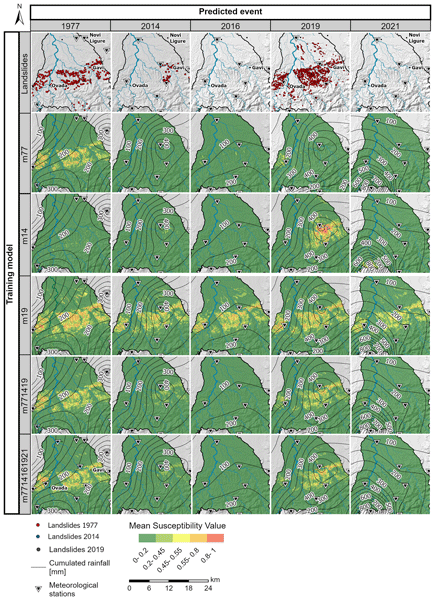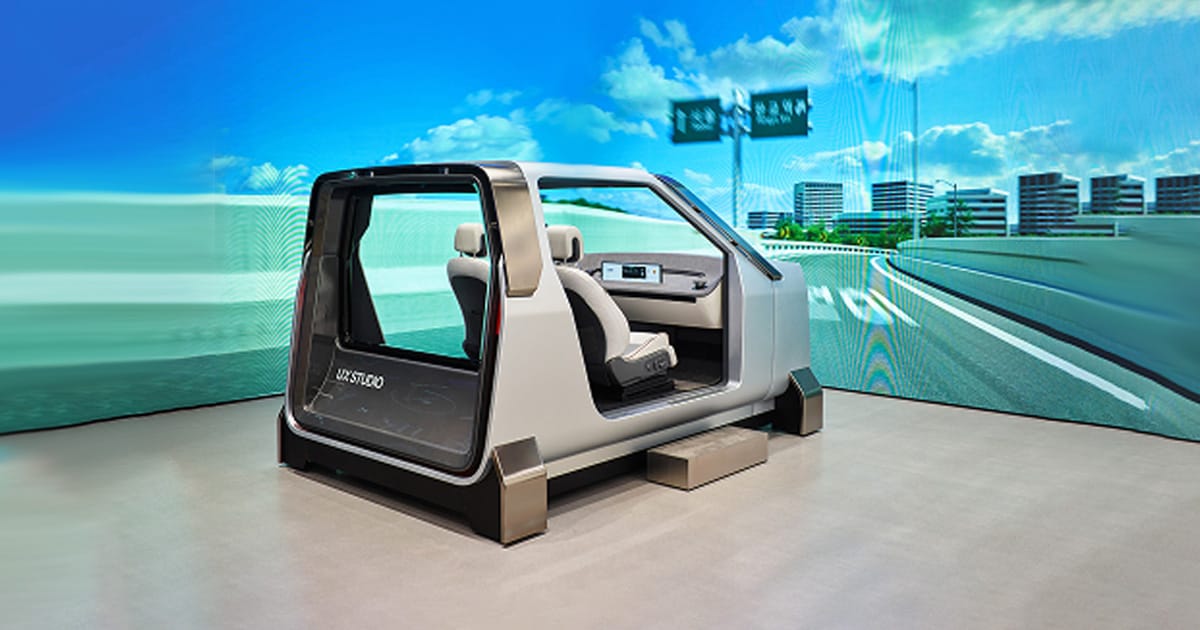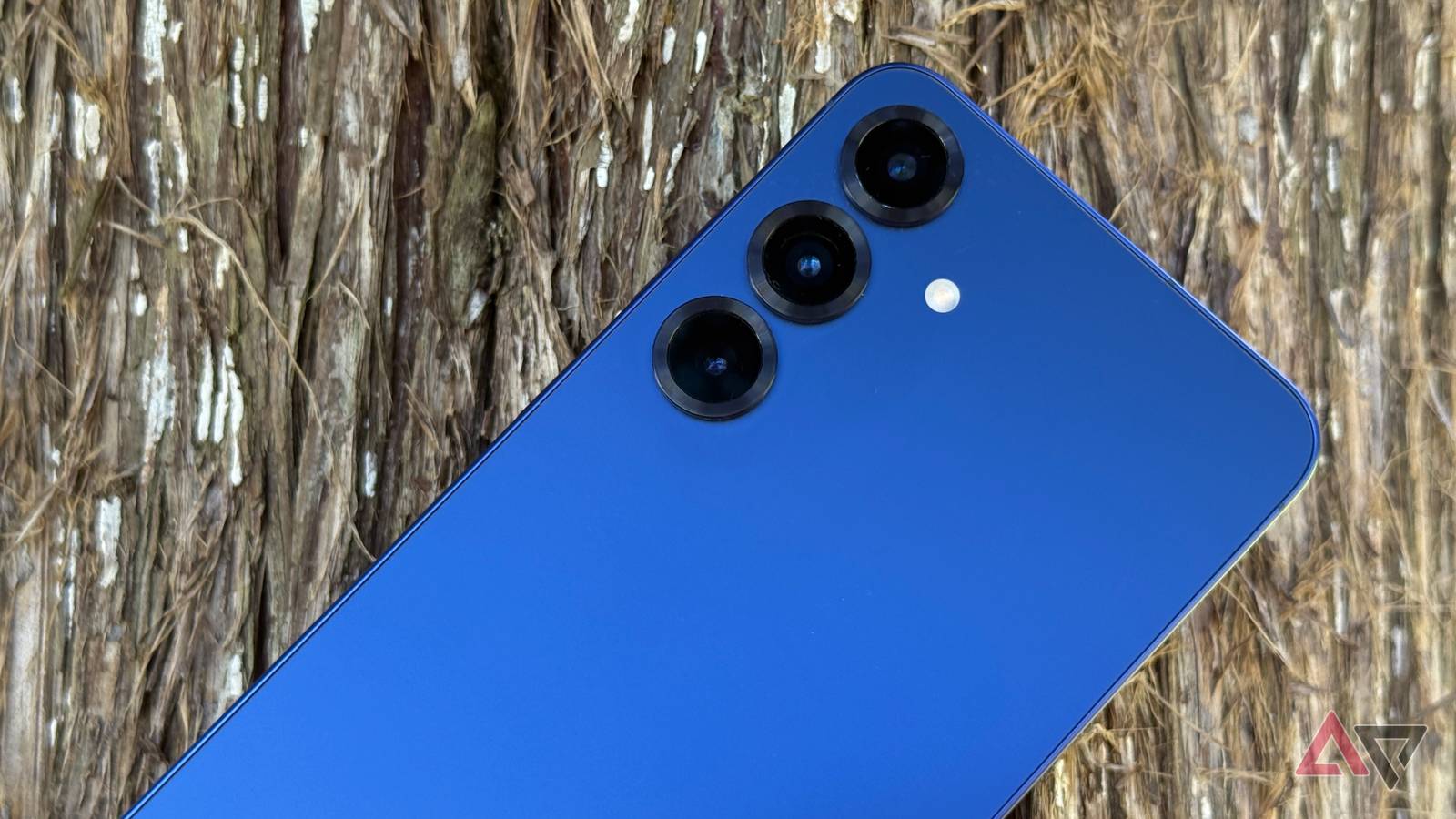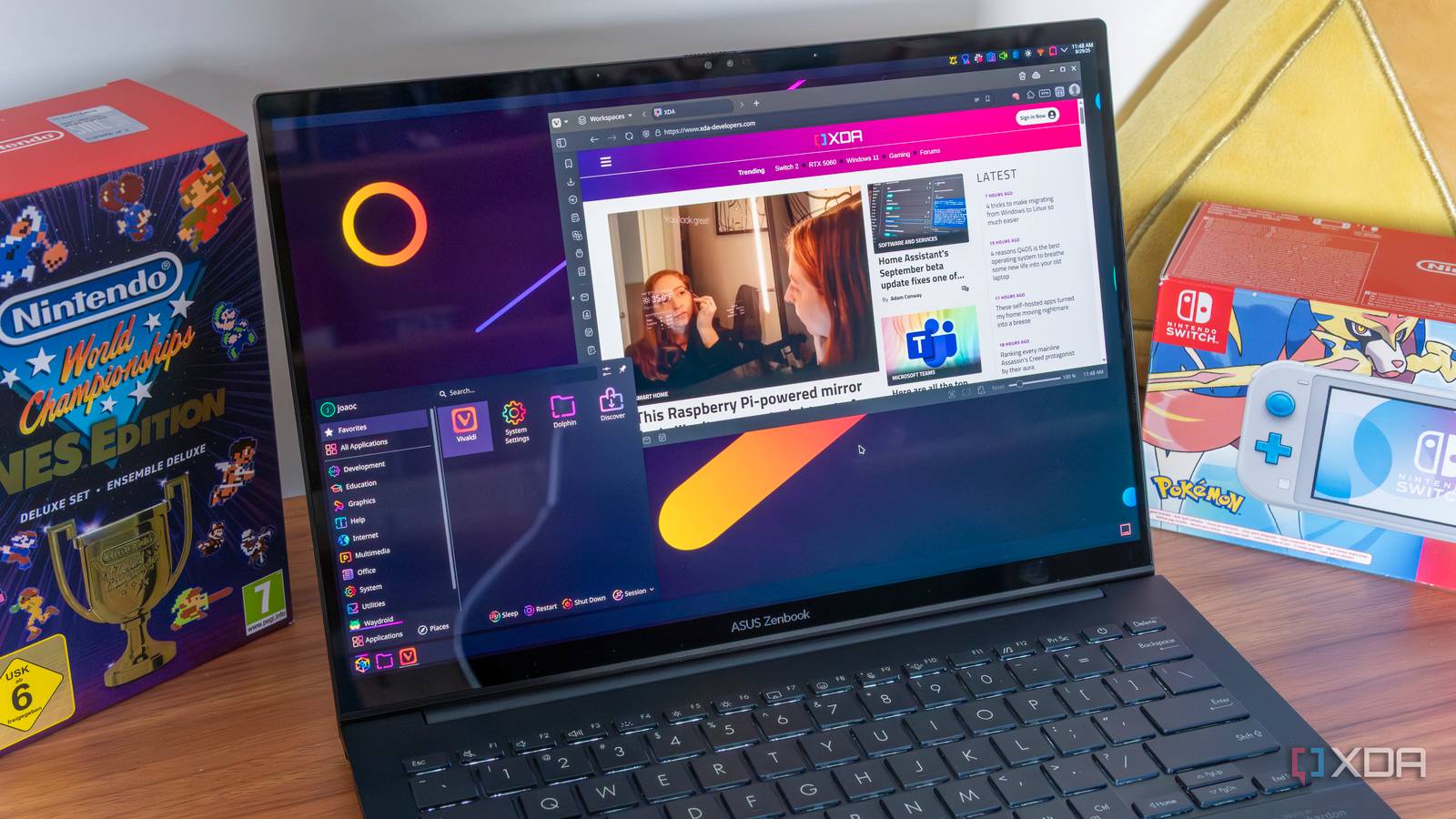Alvioli, M., Marchesini, I., Reichenbach, P., Rossi, M., Ardizzone, F., Fiorucci, F., and Guzzetti, F.: Automatic delineation of geomorphological slope units with r.slopeunits v1.0 and their optimization for landslide susceptibility modeling, Geosci. Model Dev., 9, 3975–3991, https://doi.org/10.5194/gmd-9-3975-2016, 2016.
ARPA Piemonte: Eventi idrometeorologici dal 19 al 24 ottobre 2019. Rapporto evento, Agenzia Regionale per la Protezione Ambientale – Regione Piemonte, Torino, https://www.arpa.piemonte.it/pubblicazione/eventi-alluvionali-piemonte-evento-19-24-ottobre-2019 (last access: 16 December 2023), 2019.
ARPA Piemonte: https://www.arpa.piemonte.it, last access: 15 February 2024.
Bandis, S. C., Del Monaco, G., Margottini, C., Serafini, S., Trocciola, A., Dutto, F., and Mortara, G.: Landslide phenomena during the extreme meteorological event of 4–6 November 1994 in Piemonte Region, N. Italy, in: Proceedings of the 7th International Symposium on Landslides, Trondheim, Norway, 159–164, 1996.
Baum, R. L., Savage, W. Z., and Godt, J. W.: TRIGRS – A Fortran Program for Transient Rainfall Infiltration and Grid-Based Regional Slope-Stability Analysis, Version 2.0, U.S. Geol. Surv. Open-File Rep., 75, https://pubs.usgs.gov/of/2008/1159/ (last access: 31 October 2023), 2008.
Beguería, S.: Validation and Evaluation of Predictive Models in Hazard Assessment and Risk Management, Nat. Hazards, 37, 315–329, https://doi.org/10.1007/s11069-005-5182-6, 2006.
Bernardie, S., Vandromme, R., Mariotti, A., Houet, T., Grémont, M., Grandjean, G., Bouroullec, I., and Thiery, Y.: Estimation of Landslides Activities Evolution Due to Land–Use and Climate Change in a Pyrenean Valley, in: Advancing Culture of Living with Landslides, Springer International Publishing, Cham, 859–867, https://doi.org/10.1007/978-3-319-53498-5_98, 2017.
Bogaard, T. and Greco, R.: Invited perspectives: Hydrological perspectives on precipitation intensity-duration thresholds for landslide initiation: proposing hydro-meteorological thresholds, Nat. Hazards Earth Syst. Sci., 18, 31–39, https://doi.org/10.5194/nhess-18-31-2018, 2018.
Bordoni, M., Vivaldi, V., Lucchelli, L., Ciabatta, L., Brocca, L., Galve, J. P., and Meisina, C.: Development of a data-driven model for spatial and temporal shallow landslide probability of occurrence at catchment scale, Landslides, 18, 1209–1229, https://doi.org/10.1007/s10346-020-01592-3, 2021.
Brenning, A.: Spatial prediction models for landslide hazards: review, comparison and evaluation, Nat. Hazards Earth Syst. Sci., 5, 853–862, https://doi.org/10.5194/nhess-5-853-2005, 2005.
Caine, N.: The Rainfall Intensity: Duration Control of Shallow Landslides and Debris Flows, Geogr. Ann. A, 62, 23–27, 1980.
Camera, C. A. S., Bajni, G., Corno, I., Raffa, M., Stevenazzi, S., and Apuani, T.: Introducing intense rainfall and snowmelt variables to implement a process-related non-stationary shallow landslide susceptibility analysis, Sci. Total Environ., 786, 147360, https://doi.org/10.1016/j.scitotenv.2021.147360, 2021.
Campbell, R. H.: Soil Slips, Debris Flows, and Rainstorms in the Santa Monica Mountains and Vicinity, Southern California, U.S. Geol. Surv. Prof. Pap. 851, 51 pp., https://pubs.usgs.gov/pp/0851/report.pdf (last access: 31 October 2023), 1975.
Cantarino, I., Carrion, M. A., Goerlich, F., and Martinez Ibañez, V.: A ROC analysis-based classification method for landslide susceptibility maps, Landslides, 16, 265–282, https://doi.org/10.1007/s10346-018-1063-4, 2019.
Carrara, A.: Multivariate models for landslide hazard evaluation, J. Int. Ass. Math. Geol., 15, 403–426, https://doi.org/10.1007/BF01031290, 1983.
Carrara, A., Cardinali, M., Detti, R., Guzzetti, F., Pasqui, V., and Reichenbach, P.: GIS techniques and statistical models in evaluating landslide hazard, Earth Surf. Proc. Land., 16, 427–445, https://doi.org/10.1002/esp.3290160505, 1991.
Carrara, A., Crosta, G., and Frattini, P.: Comparing models of debris-flow susceptibility in the alpine environment, Geomorphology, 94, 353–378, https://doi.org/10.1016/j.geomorph.2006.10.033, 2008.
Coletti, G., Basso, D., Frixa, A., and Corselli, C.: Transported Rhodoliths Witness the lost carbonate factory: A case history from the miocene pietra da cantoni limestone (Nw Italy), Riv. Ital. Paleontol. S., 121, 345–368, https://doi.org/10.13130/2039-4942/6522, 2015.
Crosta, G.: Regionalization of rainfall thresholds: An aid to landslide hazard evaluation, Environ. Geol., 35, 131–145, https://doi.org/10.1007/s002540050300, 1998.
Crosta, G. B. and Frattini, P.: Distributed modelling of shallow landslides triggered by intense rainfall, Nat. Hazards Earth Syst. Sci., 3, 81–93, https://doi.org/10.5194/nhess-3-81-2003, 2003.
Crozier, M. J.: Prediction of rainfall-triggered landslides: A test of the antecedent water status model, Earth Surf. Proc. Land., 24, 825–833, 1999.
Cruden, D. M. and Varnes, D. J.: Landslide types and processes. Landslides: Investigation and Mitigation, Special Report 247, Transportation Research Board, Washington, 36–75, 1996.
Davis, J. and Goadrich, M.: The relationship between Precision-Recall and ROC curves, in: Proceedings of the 23rd international conference on Machine learning – ICML ’06. Association for Computing Machinery, New York, NY, USA, 233–240, https://doi.org/10.1145/1143844.1143874, 2006.
Drummond, C. and Holte, R. C.: Cost curves: An improved method for visualizing classifier performance, Mach. Learn., 65, 95–130, https://doi.org/10.1007/s10994-006-8199-5, 2006.
Fioravanti, G., Fraschetti, P., Lena, F., Perconti, W., and Emanuela, P. (ISPRA): I normali climatici 1991–2020 di temperatura e precipitazione in Italia, Stato dell’ambiente, 9, https://www.isprambiente.gov.it /files2022/pubblicazioni/stato-ambiente/i-normali-climatici-1991-2020-di-temperatura-e-precipitazione-in-italia_19082022.pdf (last access: 9 January 2024), 2022.
Flach, P. A. and Kull, M.: Precision-Recall-Gain curves: PR analysis done right, Adv. Neural Inf. Process. Syst., 2015 January, 838–846, 2015.
Frattini, P. and Crosta, G. B.: The role of material properties and landscape morphology on landslide size distributions, Earth Planet. Sc. Lett., 361, 310–319, https://doi.org/10.1016/j.epsl.2012.10.029, 2013.
Frattini, P., Crosta, G., and Sosio, R.: Approaches for defining thresholds and return periods for rainfall-triggered shallow landslides, Hydrol. Process., 23, 1444–1460, https://doi.org/10.1002/hyp.7269, 2009.
Frattini, P., Crosta, G., and Carrara, A.: Techniques for evaluating the performance of landslide susceptibility models, Eng. Geol., 111, 62–72, https://doi.org/10.1016/j.enggeo.2009.12.004, 2010.
Fredlund, D. G., Morgenstern, N. R., and Widger, R. A.: Shear Strength of Unsaturated Soils, Can. Geotech. J., 15, 313–321, https://doi.org/10.1139/t78-029, 1978.
Gilbert, G. K.: Finley’s Tornado Predictions, Am. Meteorol. J., 1, 166–172, 1884.
Glade, T., Crozier, M., and Smith, P.: Applying probability determination to refine landslide-triggering rainfall thresholds using an empirical “Antecedent Daily Rainfall Model,” Pure Appl. Geophys., 157, 1059–1079, https://doi.org/10.1007/s000240050017, 2000.
Godt, J. W., Baum, R. L., and Chleborad, A. F.: Rainfall characteristics for shallow landsliding in Seattle, Washington, USA, Earth Surf. Proc. Land., 31, 97–110, https://doi.org/10.1002/esp.1237, 2006.
Goetz, J. N., Brenning, A., Petschko, H., and Leopold, P.: Evaluating machine learning and statistical prediction techniques for landslide susceptibility modeling, Comput. Geosci., 81, 1–11, https://doi.org/10.1016/j.cageo.2015.04.007, 2015.
Guzzetti, F., Carrara, A., Cardinali, M., and Reichenbach, P.: Landslide hazard evaluation: a review of current techniques and their application in a multi-scale study, Central Italy, Geomorphology, 31, 181–216, https://doi.org/10.1016/S0169-555X(99)00078-1, 1999.
Guzzetti, F., Peruccacci, S., Rossi, M., and Stark, C. P.: Rainfall thresholds for the initiation of landslides in central and southern Europe, Meteorol. Atmos. Phys., 98, 239–267, https://doi.org/10.1007/s00703-007-0262-7, 2007.
Hanley, J. A. and McNeil, B. J.: The meaning and use of the area under a receiver operating characteristic (ROC) curve, Radiology, 143, 29–36, https://doi.org/10.1148/radiology.143.1.7063747, 1982.
Heidke, P.: Berechnung Des Erfolges Und Der Güte Der Windstärkevorhersagen Im Sturmwarnungsdienst, Geogr. Ann., 8, 301–349, https://doi.org/10.1080/20014422.1926.11881138, 1926.
Hersbach, H., Bell, B., Berrisford, P., Hirahara, S., Horányi, A., Muñoz-Sabater, J., Nicolas, J., Peubey, C., Radu, R., Schepers, D., Simmons, A., Soci, C., Abdalla, S., Abellan, X., Balsamo, G., Bechtold, P., Biavati, G., Bidlot, J., Bonavita, M., De Chiara, G., Dahlgren, P., Dee, D., Diamantakis, M., Dragani, R., Flemming, J., Forbes, R., Fuentes, M., Geer, A., Haimberger, L., Healy, S., Hogan, R. J., Hólm, E., Janisková, M., Keeley, S., Laloyaux, P., Lopez, P., Lupu, C., Radnoti, G., de Rosnay, P., Rozum, I., Vamborg, F., Villaume, S., and Thépaut, J. N.: The ERA5 global reanalysis, Q. J. Roy. Meteor. Soc., 146, 1999–2049, https://doi.org/10.1002/qj.3803, 2020.
Hosmer, D. W. and Lemeshow, S.: Applied Logistic Regression, John Wiley & Sons, Inc., Hoboken, NJ, USA, https://doi.org/10.1002/0471722146, 2000.
Huang, F., Cao, Z., Guo, J., Jiang, S. H., Li, S., and Guo, Z.: Comparisons of heuristic, general statistical and machine learning models for landslide susceptibility prediction and mapping, Catena, 191, 104580, https://doi.org/10.1016/j.catena.2020.104580, 2020.
Hungr, O.: A review of landslide hazard and risk assessment methodology, Landslides Eng. Slopes. Exp. Theory Pract., 1, 3–27, https://doi.org/10.1201/b21520-3, 2016.
Hürlimann, M., Guo, Z., Puig-Polo, C., and Medina, V.: Impacts of future climate and land cover changes on landslide susceptibility: regional scale modelling in the Val d’Aran region (Pyrenees, Spain), Landslides, 19, 99–118, https://doi.org/10.1007/s10346-021-01775-6, 2022.
Hwang, C.-L. and Yoon, K.: Multiple Attribute Decision Making: methods and applications a state-of-the-art survey, Springer Sci. Bus. Media, 186, https://doi.org/10.1007/978-3-642-48318-9, 1981.
INTERREG IIC: Descrizione dei principali eventi alluvionali che hanno interessato la regione Piemonte, Liguria e nella Spagna Nord Orientale, 90–94 pp., https://www.arpa.piemonte.it /pubblicazione/descrizione-dei-principali-eventi-alluvionali-che-hanno-interessato-regione-piemonte (last access: 25 March 2024), 1998.
ISPRA: Dissesto idrogeologico in Italia: pericolosità e indicatori di rischio, 183 pp., https://www.isprambiente.gov.it /it/pubblicazioni/rapporti/dissesto-idrogeologico-in-italia-pericolosita-e-indicatori-di-rischio-edizione-2021 (last access: 20 January 2024), 2021.
Iverson, R. M.: Landslide triggering by rain infiltration, Water Resour. Res., 36, 1897–1910, https://doi.org/10.1029/2000WR900090, 2000.
Jacobs, L., Kervyn, M., Reichenbach, P., Rossi, M., Marchesini, I., Alvioli, M., and Dewitte, O.: Regional susceptibility assessments with heterogeneous landslide information: Slope unit- vs. pixel-based approach, Geomorphology, 356, 107084, https://doi.org/10.1016/j.geomorph.2020.107084, 2020.
Jenks, G. F.: The data model concept in statistical mapping, Int. Yearb. Cartogr., 7, 186–190, 1967.
Jones, J. N., Boulton, S. J., Bennett, G. L., Stokes, M., and Whitworth, M. R. Z.: Temporal Variations in Landslide Distributions Following Extreme Events: Implications for Landslide Susceptibility Modeling, J. Geophys. Res.-Earth, 126, 1–26, https://doi.org/10.1029/2021JF006067, 2021.
Kirschbaum, D. and Stanley, T.: Satellite-Based Assessment of Rainfall-Triggered Landslide Hazard for Situational Awareness, Earth’s Future, 6, 505–523, https://doi.org/10.1002/2017EF000715, 2018.
Knevels, R., Petschko, H., Proske, H., Leopold, P., Maraun, D., and Brenning, A.: Event-based landslide modeling in the styrian basin, Austria: Accounting for time-varying rainfall and land cover, Geosciences, 10, 1–27, https://doi.org/10.3390/geosciences10060217, 2020.
Licata, M., Buleo Tebar, V., Seitone, F., and Fubelli, G.: The Open Landslide Project (OLP), a New Inventory of Shallow Landslides for Susceptibility Models: The Autumn 2019 Extreme Rainfall Event in the Langhe-Monferrato Region (Northwestern Italy), Geosciences, 13, 289, https://doi.org/10.3390/geosciences13100289, 2023.
Lombardo, L. and Mai, P. M.: Presenting logistic regression-based landslide susceptibility results, Eng. Geol., 244, 14–24, https://doi.org/10.1016/j.enggeo.2018.07.019, 2018.
Lombardo, L., Opitz, T., Ardizzone, F., Guzzetti, F., and Huser, R.: Space-time landslide predictive modelling, Earth-Sci. Rev., 209, 103318, https://doi.org/10.1016/j.earscirev.2020.103318, 2020.
Lu, N. and Godt, J.: Infinite slope stability under steady unsaturated seepage conditions, Water Resour. Res., 44, 1–13, https://doi.org/10.1029/2008WR006976, 2008.
Luino, F.: The Flood and Landslide Event of November 4-6 1994 in Piedmont Region (Northwestern Italy): Causes and Related Effects in Tanaro Valley, Phys. Chem. Earth, Part A Solid Earth Geod, 24, 123–129, https://doi.org/10.1016/S1464-1895(99)00007-1, 1999.
Luino, F.: Sequence of instability processes triggered by heavy rainfall in the Northern Italy, Geomorphology, 66, 13–39, https://doi.org/10.1016/j.geomorph.2004.09.010, 2005.
Malamud, B. D., Turcotte, D. L., Guzzetti, F., and Reichenbach, P.: Landslide inventories and their statistical properties, Earth Surf. Proc. Land., 29, 687–711, https://doi.org/10.1002/esp.1064, 2004.
Mandarino, A., Luino, F., and Faccini, F.: Flood-induced ground effects and flood-water dynamics for hydro-geomorphic hazard assessment: the 21–22 October 2019 extreme flood along the lower Orba River (Alessandria, NW Italy), J. Maps, 17, 136–151, https://doi.org/10.1080/17445647.2020.1866702, 2021.
Maraun, D., Knevels, R., Mishra, A. N., Truhetz, H., Bevacqua, E., Proske, H., Zappa, G., Brenning, A., Petschko, H., Schaffer, A., Leopold, P., and Puxley, B. L.: A severe landslide event in the Alpine foreland under possible future climate and land-use changes, Commun. Earth Environ., 3, 1–11, https://doi.org/10.1038/s43247-022-00408-7, 2022.
Marc, O., Gosset, M., Saito, H., Uchida, T., and Malet, J. P.: Spatial Patterns of Storm-Induced Landslides and Their Relation to Rainfall Anomaly Maps, Geophys. Res. Lett., 46, 11167–11177, https://doi.org/10.1029/2019GL083173, 2019.
Marino, P., Peres, D. J., Cancelliere, A., Greco, R., and Bogaard, T. A.: Soil moisture information can improve shallow landslide forecasting using the hydrometeorological threshold approach, Landslides, 17, 2041–2054, https://doi.org/10.1007/s10346-020-01420-8, 2020.
Mason, P. J. and Rosenbaum, M. S.: Geohazard mapping for predicting landslides: An example from the Langhe Hills in Piemonte, NW Italy, Q. J. Eng. Geol. Hydroge., 35, 317–326, https://doi.org/10.1144/1470-9236/00047, 2002.
Micheletti, N., Lambiel, C., and Lane, S. N.: Investigating decadal-scale geomorphic dynamics in an alpine mountain setting, J. Geophys. Res. F Earth Surf., 120, 2155–2175, https://doi.org/10.1002/2015JF003656, 2015.
Montgomery, D. R. and Dietrich, W. E.: A physically based model for the topographic control on shallow landsliding, Water Resour. Res., 30, 1153–1171, https://doi.org/10.1029/93WR02979, 1994.
Montrasio, L., Schilirò, L., and Terrone, A.: Physical and numerical modelling of shallow landslides, Landslides, 13, 873–883, https://doi.org/10.1007/s10346-015-0642-x, 2016.
Moreno, M., Lombardo, L., Crespi, A., Zellner, P. J., Mair, V., Pittore, M., van Westen, C., and Steger, S.: Space-time data-driven modeling of precipitation-induced shallow landslides in South Tyrol, Italy, Sci. Total Environ., 912, 169166, https://doi.org/10.1016/j.scitotenv.2023.169166, 2024.
Muñoz Sabater, J.: ERA5-Land hourly data from 1950 to present, Copernicus Climate Change Service (C3S) Climate Data Store (CDS), https://doi.org/10.24381/cds.e2161bac, 2019.
Muñoz-Sabater, J., Dutra, E., Agustí-Panareda, A., Albergel, C., Arduini, G., Balsamo, G., Boussetta, S., Choulga, M., Harrigan, S., Hersbach, H., Martens, B., Miralles, D. G., Piles, M., Rodríguez-Fernández, N. J., Zsoter, E., Buontempo, C., and Thépaut, J.-N.: ERA5-Land: a state-of-the-art global reanalysis dataset for land applications, Earth Syst. Sci. Data, 13, 4349–4383, https://doi.org/10.5194/essd-13-4349-2021, 2021.
Nam, K., Kim, J., and Chae, B.: Exploring class imbalance with under-sampling, over-sampling, and hybrid sampling based on Mahalanobis distance for landslide susceptibility assessment: a case study of the 2018 Iburi earthquake induced landslides in Hokkaido, Japan, Geosci. J., 28, 71–94, https://doi.org/10.1007/s12303-023-0033-6, 2024.
Ozturk, U., Pittore, M., Behling, R., Roessner, S., Andreani, L., and Korup, O.: How robust are landslide susceptibility estimates?, Landslides, 18, 681–695, https://doi.org/10.1007/s10346-020-01485-5, 2021.
Peirce, C. S.: The numerical measure of the success of predictions, Science, 4, 453–454, https://doi.org/10.1126/science.ns-4.93.453-a, 1884.
Persichillo, M. G., Bordoni, M., and Meisina, C.: The role of land use changes in the distribution of shallow landslides, Sci. Total Environ., 574, 924–937, https://doi.org/10.1016/j.scitotenv.2016.09.125, 2017.
Petley, D.: Global patterns of loss of life from landslides, Geology, 40, 927–930, https://doi.org/10.1130/G33217.1, 2012.
Piana, F., Fioraso, G., Irace, A., Mosca, P., D’Atri, A., Barale, L., Falletti, P., Monegato, G., Morelli, M., Tallone, S., and Vigna, G. B.: Geology of Piemonte region (NW Italy, Alps–Apennines interference zone), J. Maps, 13, 395–405, https://doi.org/10.1080/17445647.2017.1316218, 2017.
Poggio, L., De Sousa, L. M., Batjes, N. H., Heuvelink, G. B. M., Kempen, B., Ribeiro, E., and Rossiter, D.: SoilGrids 2.0: Producing soil information for the globe with quantified spatial uncertainty, Soil, 7, 217–240, https://doi.org/10.5194/soil-7-217-2021, 2021.
Provost, F. and Fawcett, T.: Robust classification for imprecise environments, Mach. Learn., 42, 203–231, https://doi.org/10.1023/A:1007601015854, 2001.
Provost, F., Fawcett, T., and Kohavi, R.: The case against accuracy estimation for comparing induction algorithms, Int. Conf. Mach. Learn., 445, https://dl.acm.org/doi/10.5555/645527.657469 (last access: 24 November 2023), 1998.
Raghavan, V., Bollmann, P., and Jung, G. S.: A Critical Investigation of Recall and Precision as Measures of Retrieval System Performance, ACM T. Inform. Syst., 7, 205–229, https://doi.org/10.1145/65943.65945, 1989.
Regione Piemonte: Geoportale Piemonte, https://www.geoportale.piemonte.it, last access: 4 March 2024.
Reichenbach, P., Rossi, M., Malamud, B. D., Mihir, M., and Guzzetti, F.: A review of statistically-based landslide susceptibility models, Earth-Sci. Rev., 180, 60–91, https://doi.org/10.1016/j.earscirev.2018.03.001, 2018.
Saito, T. and Rehmsmeier, M.: The precision-recall plot is more informative than the ROC plot when evaluating binary classifiers on imbalanced datasets, PLoS One, 10, 1–21, https://doi.org/10.1371/journal.pone.0118432, 2015.
Sala, G., Lanfranconi, C., Frattini, P., Rusconi, G., and Crosta, G. B.: Cost-sensitive rainfall thresholds for shallow landslides, Landslides, 18, 2979–2992, https://doi.org/10.1007/s10346-021-01707-4, 2021.
Samia, J., Temme, A., Bregt, A. K., Wallinga, J., Stuiver, J., Guzzetti, F., Ardizzone, F., and Rossi, M.: Implementing landslide path dependency in landslide susceptibility modelling, Landslides, 15, 2129–2144, https://doi.org/10.1007/s10346-018-1024-y, 2018.
Segoni, S., Tofani, V., Rosi, A., Catani, F., and Casagli, N.: Combination of rainfall thresholds and susceptibility maps for dynamic landslide hazard assessment at regional scale, Front. Earth Sci., 6, https://doi.org/10.3389/feart.2018.00085, 2018.
Šilhán, K.: Dendrogeomorphological analysis of landslides on the undercut river terrace bank (a case study in Czech Republic), Landslides, 19, 621–635, https://doi.org/10.1007/s10346-021-01833-z, 2022.
Smith, H. G., Spiekermann, R., Betts, H., and Neverman, A. J.: Comparing methods of landslide data acquisition and susceptibility modelling: Examples from New Zealand, Geomorphology, 381, 107660, https://doi.org/10.1016/j.geomorph.2021.107660, 2021.
Smith, H. G., Neverman, A. J., Betts, H., and Spiekermann, R.: The influence of spatial patterns in rainfall on shallow landslides, Geomorphology, 437, 108795, https://doi.org/10.1016/j.geomorph.2023.108795, 2023.
Steger, S., Brenning, A., Bell, R., and Glade, T.: The propagation of inventory-based positional errors into statistical landslide susceptibility models, Nat. Hazards Earth Syst. Sci., 16, 2729–2745, https://doi.org/10.5194/nhess-16-2729-2016, 2016.
Thomas, M. A., Mirus, B. B., and Collins, B. D.: Identifying Physics-Based Thresholds for Rainfall-Induced Landsliding, Geophys. Res. Lett., 45, 9651–9661, https://doi.org/10.1029/2018GL079662, 2018.
Tiranti, D., Nicolò, G., and Gaeta, A. R.: Shallow landslides predisposing and triggering factors in developing a regional early warning system, Landslides, 16, 235–251, https://doi.org/10.1007/s10346-018-1096-8, 2019.
Trigila, A. and Iadanza, C.: The national landslide inventory, landslide events, impacts and mitigation measures in Italy, in: Landslides and Engineered Slopes. Protecting Society through Improved Un- derstanding vol. 1, edited by: Eberhardt, E., Froese, C., Turner, A.K., and Leroueil, S., CRC Press, Taylor & Francis, Banff, Alberta, Canada, pp. 273–278, 2012.
Van Den Eeckhaut, M., Poesen, J., Govers, G., Verstraeten, G., and Demoulin, A.: Characteristics of the size distribution of recent and historical landslides in a populated hilly region, Earth Planet. Sc. Lett., 256, 588–603, https://doi.org/10.1016/j.epsl.2007.01.040, 2007.
van Westen, C. J., Castellanos, E., and Kuriakose, S. L.: Spatial data for landslide susceptibility, hazard, and vulnerability assessment: An overview, Eng. Geol., 102, 112–131, https://doi.org/10.1016/j.enggeo.2008.03.010, 2008.
Varnes, D. J.: IAEG Commission on Landslides and other Mass-Movements: Landslide Hazard Zonation: A Review of Principles and Practice, The UNESCO Press, Paris, 63 pp., 1984.
Wu, W. and Sidle, R. C.: A distributed slope stability model for steep forested basins, Water Resour., 31, 2097–2110, 1995.
Yordanov, V. and Brovelli, M. A.: Comparing model performance metrics for landslide susceptibility mapping, Int. Arch. Photogramm. Remote Sens. Spatial Inf. Sci., XLIII-B3-2020, 1277–1284, https://doi.org/10.5194/isprs-archives-XLIII-B3-2020-1277-2020, 2020.
Yule, G. U.: On the association of attributes in statistics, Philos. T. Roy. Soc. Lond. A, 194, 257–319, https://doi.org/10.1098/rsta.1900.0019, 1900.
Zhao, Z., He, Y., Yao, S., Yang, W., Wang, W., Zhang, L., and Sun, Q.: A comparative study of different neural network models for landslide susceptibility mapping, Adv. Space Res., 70, 383–401, https://doi.org/10.1016/j.asr.2022.04.055, 2022.









